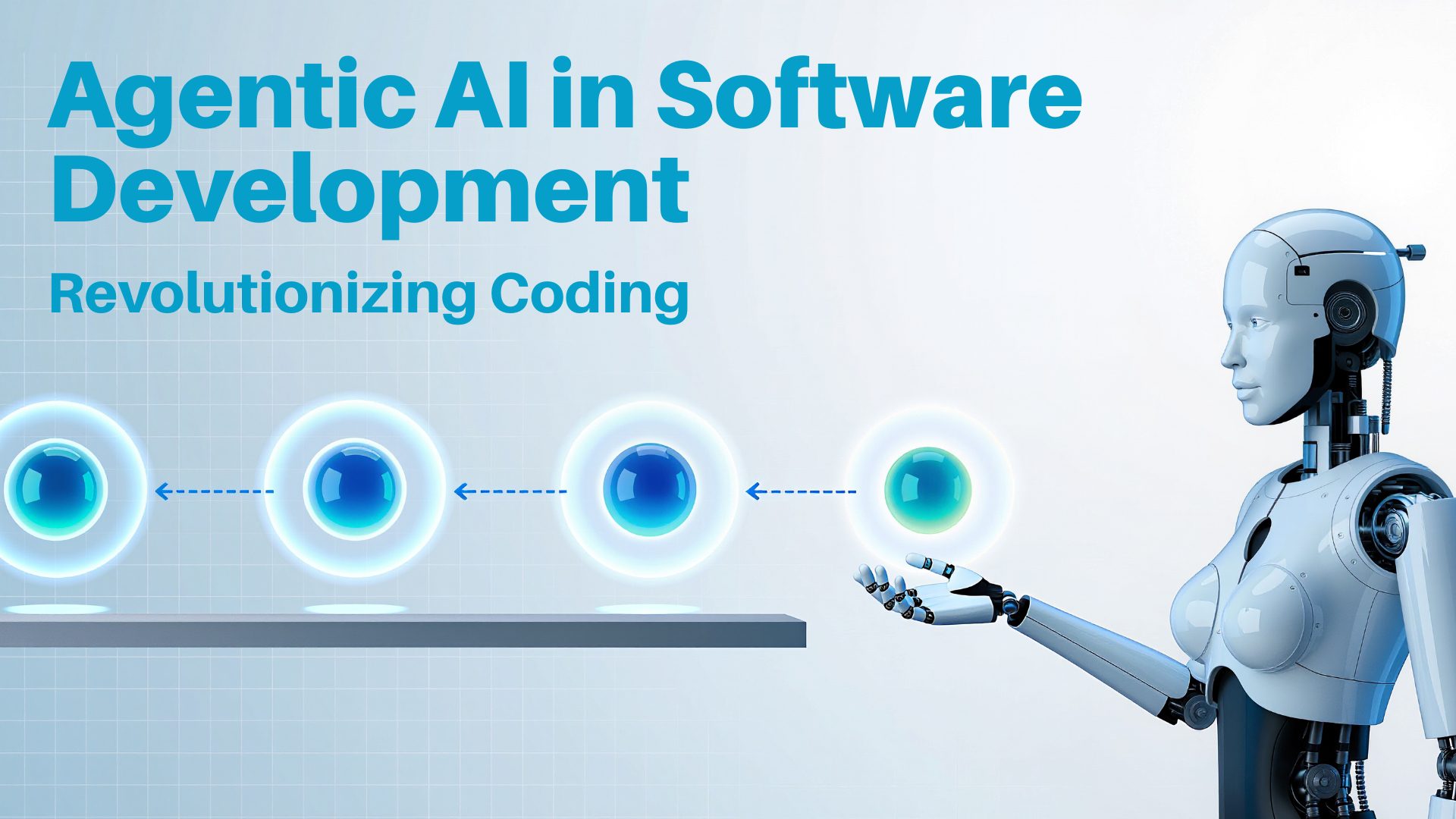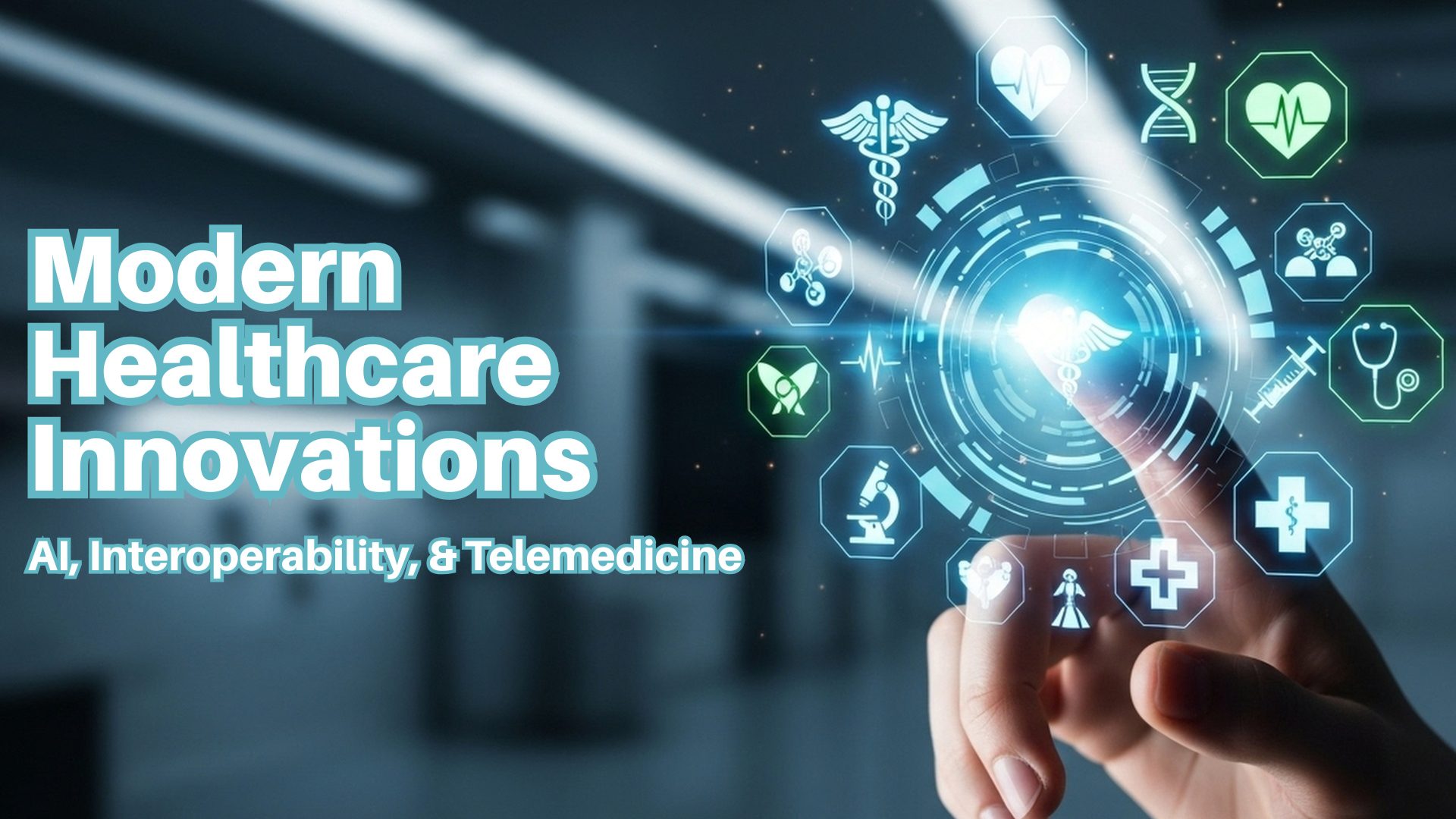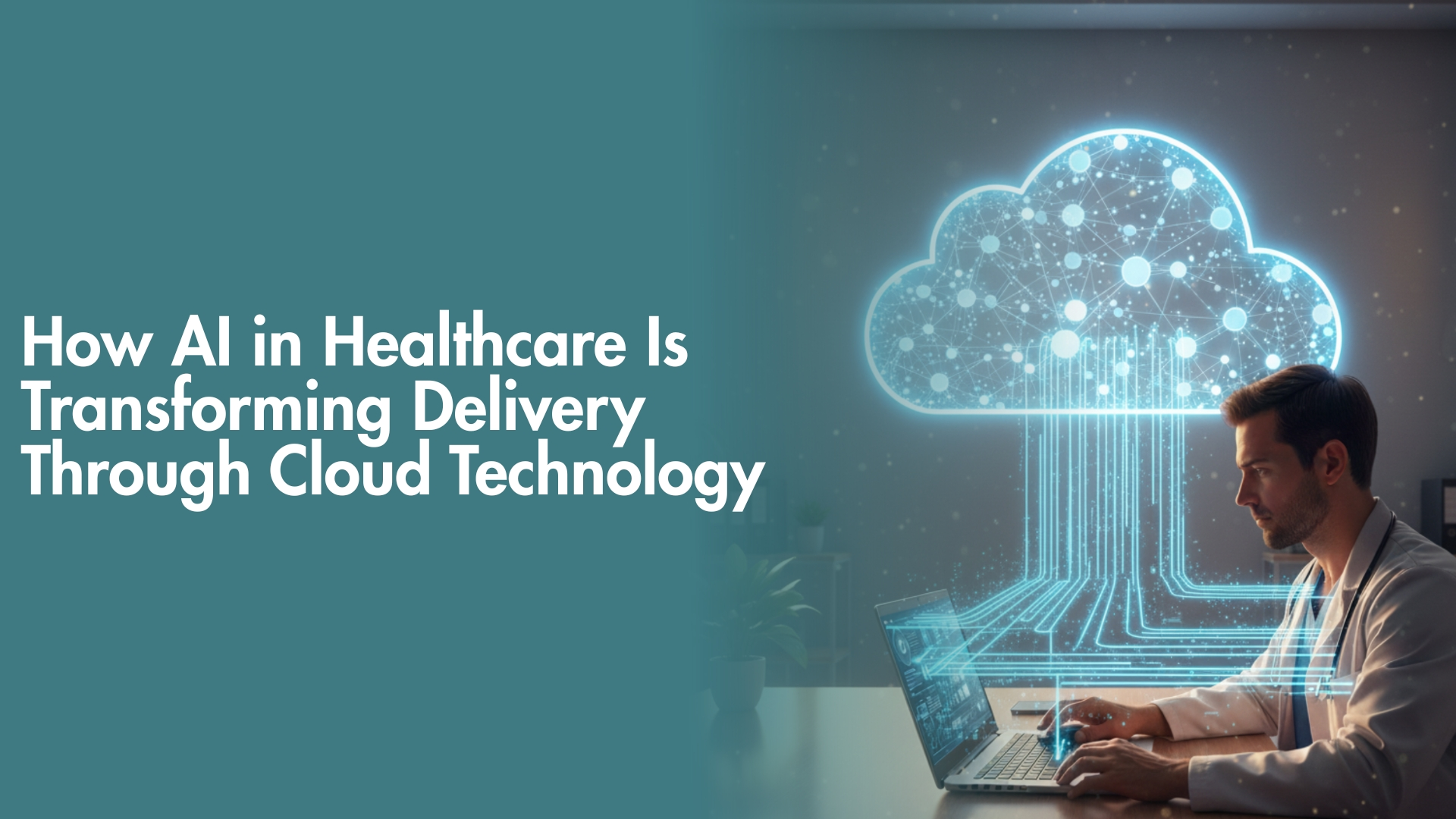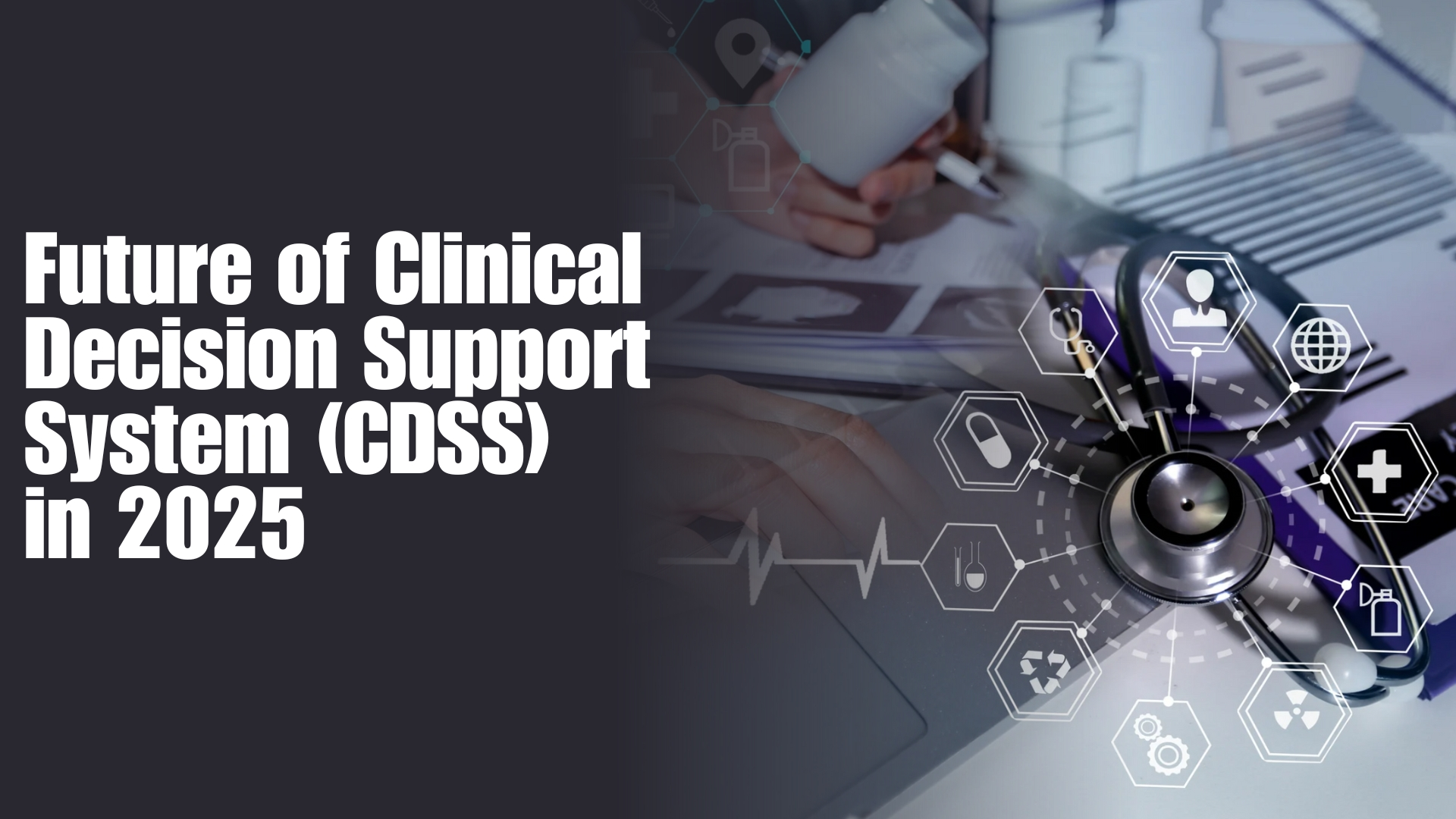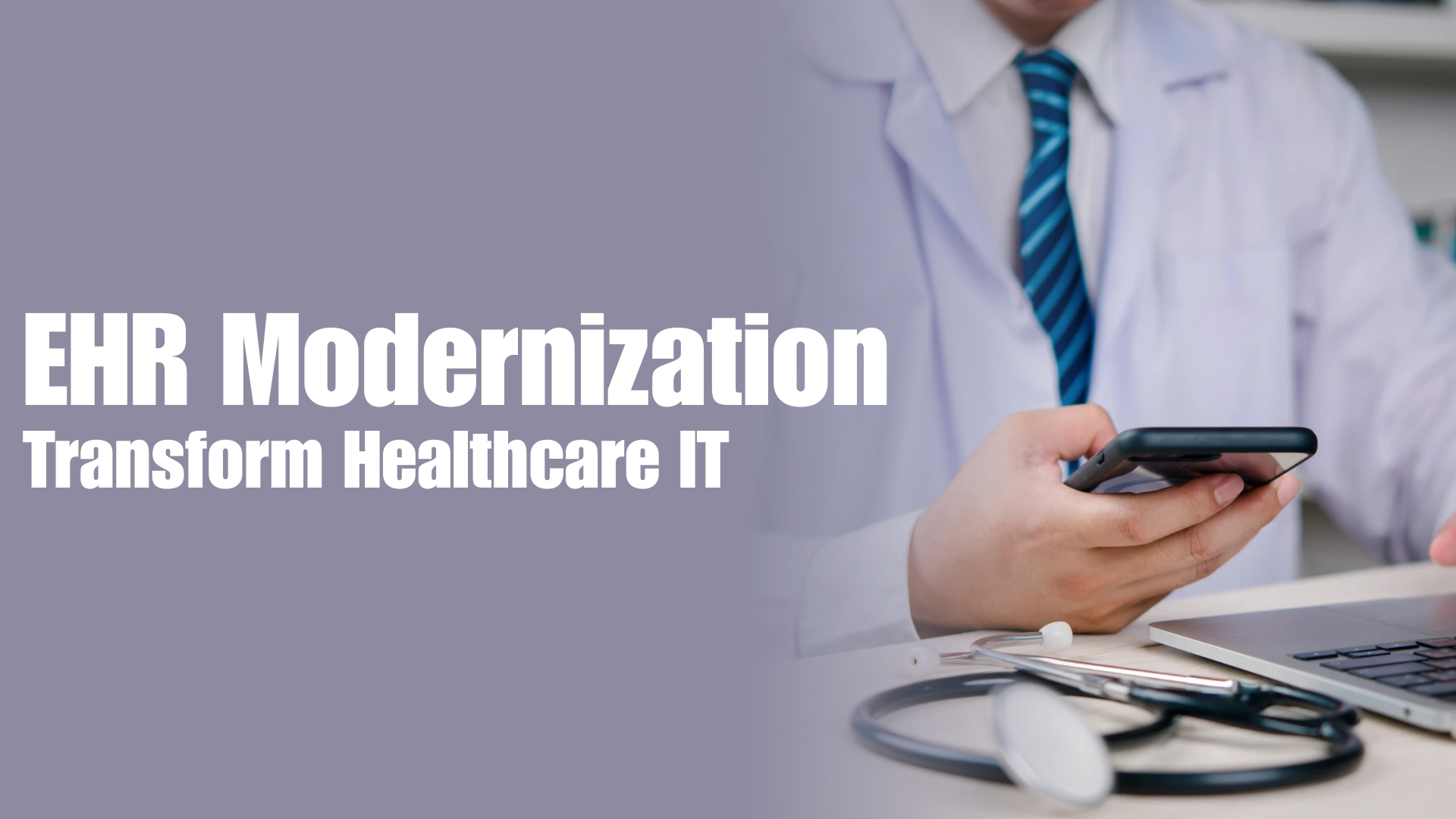Healthcare interoperability is transforming how patient data is accessed and shared. It enables seamless data exchange across diverse health IT systems, allowing professionals to make well-informed decisions based on complete, real-time information.
This innovation is essential for improving patient care, supporting coordinated workflows, and enhancing operational efficiency. Although challenges remain such as privacy, security, and standardization the progress of healthcare interoperability solutions is reshaping the future of connected care.
What Is Healthcare Interoperability and Why Does It Matter?
Healthcare interoperability refers to the ability of different health information systems to communicate and work together effectively. This capability lays the foundation for seamless healthcare, where critical information flows across platforms without barriers.
The essential components include:
- Standardization of data formats for consistency
- Robust data exchange protocols to ensure reliability
- Advanced health IT infrastructure for scalability
By enabling comprehensive patient data access, interoperability fosters a patient-centered care model. Healthcare providers can review complete medical histories, leading to more accurate diagnoses, timely interventions, and personalized treatment plans. As interoperability advances, the vision of integrated healthcare becomes more achievable for both patients and providers.
What Are the Key Innovations in Healthcare Interoperability Solutions?
The rapid evolution of healthcare interoperability software is fueled by regulatory requirements and cutting-edge technologies. The most impactful innovations include:

- APIs (Application Programming Interfaces): Enable secure, fast communication between different systems.
- FHIR (Fast Healthcare Interoperability Resources): Simplifies data transfer and enhances compatibility across platforms.
- Blockchain technology: Creates tamper-proof records, ensuring security and trust in data exchange.
- Cloud computing: Provides scalable storage and processing power for vast health information.
- Wearable technology integration: Connects patient-generated data to provider systems in real time.
Together, these healthcare interoperability solutions ensure that health information flows securely and efficiently setting the stage for more advanced care delivery.
What Are the Benefits of Interoperability in Healthcare?
The benefits of interoperability in healthcare are substantial for both patients and providers. By ensuring smooth patient data access, interoperability reduces inefficiencies while improving outcomes.
Key benefits include:
- Improved clinical outcomes through informed decision-making
- Reduced costs by minimizing redundant tests and procedures
- Enhanced patient satisfaction with coordinated, seamless care
Patients also benefit from increased engagement. With better access to their health records, they become active participants in their care tracking progress, understanding treatment, and communicating more effectively with providers. This supports the shift toward patient-centered healthcare.
What Challenges Does Healthcare Interoperability Face?
Despite its promise, interoperability faces challenges that must be addressed to ensure widespread adoption:
- Lack of uniform standards: Different systems struggle to share data without consistent formats.
- Data privacy and security: Sensitive patient information requires robust safeguards.
- Resource constraints: Smaller organizations often lack the time, funds, or expertise to implement advanced solutions.
Resolutions to Overcome Challenges
To address these barriers, healthcare organizations and policymakers are focusing on:
- Developing common data standards
- Implementing stronger cybersecurity measures
- Promoting stakeholder collaboration for resource and knowledge sharing
Collaboration is particularly critical. When providers, regulators, and technology developers align, they create a shared vision that accelerates the path to seamless interoperability.
How Does Custom Software Development Support Interoperability?
Custom software development plays a crucial role in advancing interoperability. Unlike generic solutions, custom software solutions are designed to meet the specific needs of healthcare organizations, ensuring smooth connectivity across systems.
Key roles of custom development and digital health integration include:
- Building tailored applications for unique healthcare requirements
- Integrating wearables, telehealth, and other modern platforms
- Facilitating communication between diverse health IT environments
The combination of custom development and digital health integration enables more flexible, scalable, and interoperable health IT systems making seamless healthcare delivery a reality.
What Future Trends Will Shape Healthcare Interoperability?
The next wave of healthcare integration will be powered by AI, machine learning, and advanced analytics. These technologies promise faster insights, proactive interventions, and improved operational efficiency.

Emerging trends include:
- AI-driven predictive analytics for early detection and prevention
- Machine learning algorithms for personalized treatment plans
- Blockchain integration for secure and transparent data sharing
These advancements will not only strengthen interoperability but also redefine how healthcare organizations process and apply health information driving better outcomes and smarter systems.
Conclusion: The Path Forward for Interoperability in Healthcare
The journey toward robust healthcare interoperability solutions is ongoing, but progress is clear. From APIs and FHIR to custom software development and AI, innovations are reshaping the future of healthcare delivery.
To realize the full potential of seamless healthcare, stakeholders must continue addressing challenges in data security, standardization, and resource allocation. With collaboration and innovation, the healthcare industry is moving closer to a connected, efficient, and patient-focused system.
FAQ’s
What is the main goal of healthcare interoperability?
The primary goal is to enable smooth data exchange across different systems so providers can access complete patient data for better decision-making.
How do APIs and FHIR improve interoperability?
APIs allow systems to connect securely, while FHIR provides standardized formats that make health information easier to share and interpret.
What are the biggest challenges in achieving interoperability?
The most common challenges include lack of uniform data standards, privacy concerns, and limited resources for smaller healthcare organizations.
How does custom software development support interoperability?
Custom software solutions tailor health IT systems to organizational needs, ensuring smooth integration of platforms like wearables, telehealth, and EHRs.



